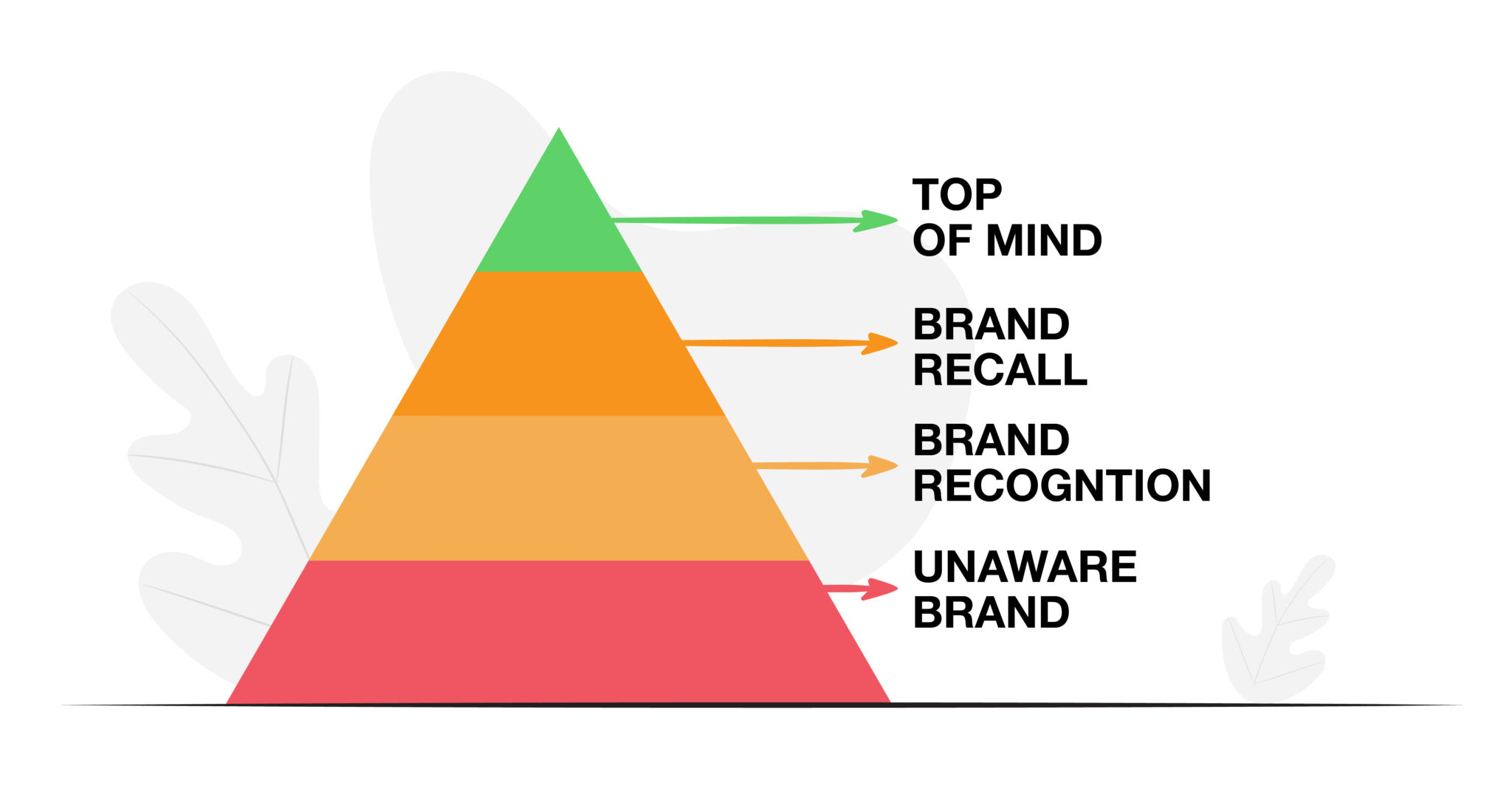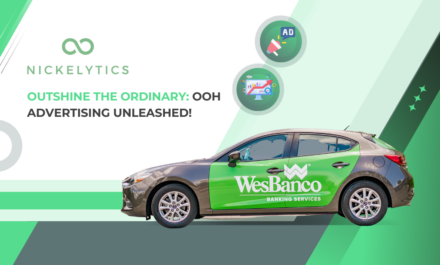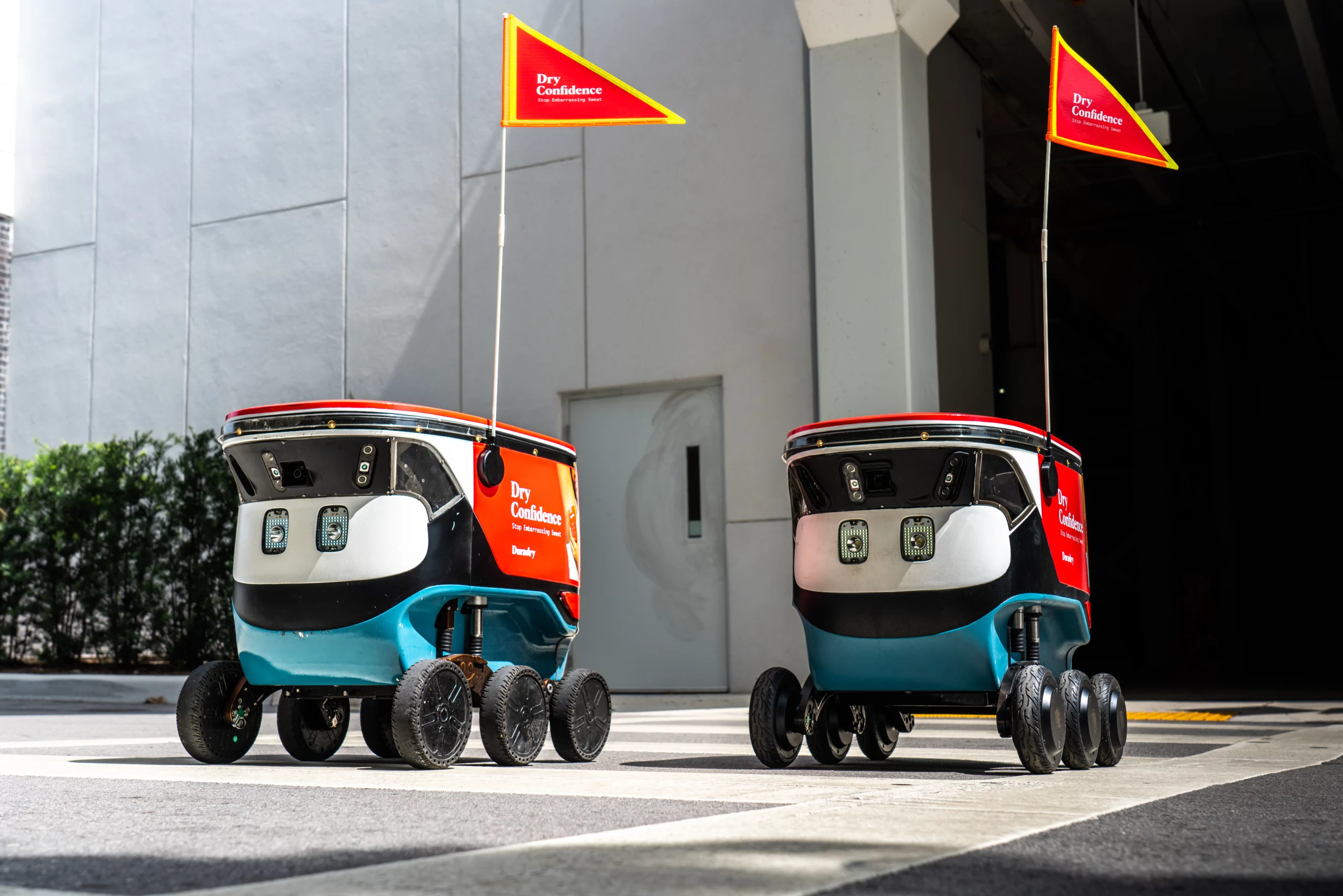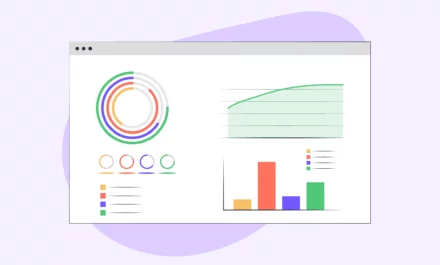Every brand wants to identify with its target audience, and many are devising several ways to. Consumers today have access to more information due to technology and as a result, multiple business options. Therefore, attaining consumers’ loyalty is no mean feat.
For a brand to be recalled, it may encompass many tangible and intangible features. For example, 81% of consumers say they will remember a brand’s color more than other features, while 46% of US consumers say they would pay more to purchase from trustworthy brands.
Nielsen’s 2022 Global Annual Marketing Report states that for many marketers globally, increasing brand recall is an effective tactic. Yet, brand recall goes beyond just filling out Google forms and asking customers questions about a brand. There is a whole lot more involved.
This article will explain brand recall, why it is critical in creating lasting brand recognition, and how it can be measured.
What is Brand Recall?
Brand recall means the likelihood that a consumer will remember your brand’s name — the products and services you offer— either with or without a hint. It measures how customers are familiar with your brand’s product or service.
Such familiarity with your brand generates trust, which is a credible characteristic. This is because 59% of shoppers prefer to buy products from accustomed brands.
The more they recall your brand, the more they patronize you., and the higher your chances of referral. After all, customers are 77% more likely to buy a product when learning about it from family or friends.
Types of Brand Recall
Brand recall can exist in two ways:
1. Aided Brand Recall
This type of brand recall happens when you are prompted or hinted at in the brand’s direction by an interviewer. For instance, do you know of an electric vehicle manufactured by Elon Musk?
2. Unaided Brand Recall
This occurs when you recollect a brand without any prompt or hint. It shows that the brand has a high unaided brand recall.
For instance, mention three automobile brands.
Examples of Brand Recall
Different brands use several examples of brand recall to ensure they stay at the top of the mind of their customers. The criteria vary from color to logo to tagline, etc.
These features make them a reference point— to influence customers’ decisions at purchasing points. Notable examples of brand recall for some top brands include:
1. McDonald’s “Yellow M”
The sixth most influential brand in the world uses its unique logo and color to stay at the top of the mind of its customers. Findings showed that the “yellow M” triggers happiness and catches the eye at a glance.
2. Pepsi & Coca-Cola logos and colors
Pepsi and Coca-Cola are some brands that identify the power of logos and color in their recall. Pepsi spent $1 million to design its logo, while Coca-cola has stuck to the same logo since 1886.
3. Nike’s Swoosh tick mark and “Just do it” tagline
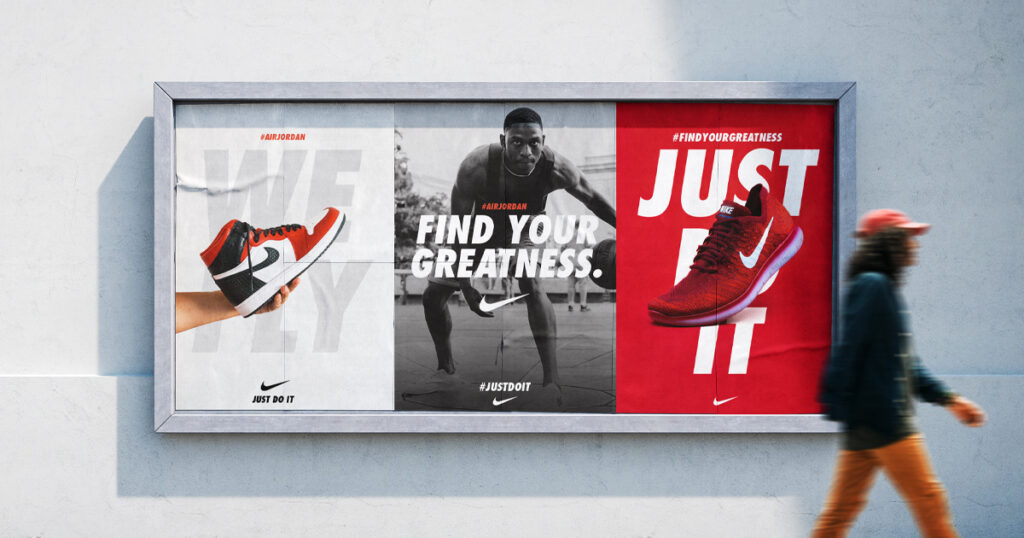
The swish tick mark and “just do it” tagline have made Nike a household name among sporting and fashion brands. Nike has built a community around these features and helps stay at the top of the mind of their customers.
Why Brand Recall is Critical
Brand recall is an effective pointer of your marketing attempts. Plus, it is a helpful metric for measuring and improving productivity, amongst other things. So let’s find out why brand recall is critical.
1. Competitive Edge
Brands with high recall possess an advantage over the brands that consumers do not readily recall. This is because consumers are more likely to consider them when making purchasing plans, which helps market domination.
In addition, it subconsciously gives your brand a special status, as consumers might believe your unique feature makes your product superior.
For example, the logo of Mercedes Benz is immediately recognizable to multiple customers, giving them an edge over other vehicle brands.
2. Improved Brand Awareness
When consumers need a product or service, and they can recall your brand effortlessly, it improves brand awareness. Brand awareness is equally important because people are likelier to go for your product than others if they recognize and associate with it.
The more consumers recall your product, the higher your sales can get. This is evident in a survey where 84% of marketers say brand awareness is the most important goal for their brand.
3. Cost efficiency
A high brand recall enables you to be more cost-efficient. It minimizes the need for costly marketing strategies and maintenance of them too. When consumers can quickly recall your brand, that is marketing in itself.
In addition, brand recall can be helpful for upcoming or small businesses with a low marketing budget.
4. Brand Loyalty
Loyal customers patronizing your brand are at the heart of a thriving business. When your brand creates a connection with your customers, they can easily recall the brand and are more likely to become loyal customers.
Furthermore, brand loyalty helps to reach more potential customers. For example, 86% of loyal consumers recommend a company to friends and family, increasing patronage and strengthening commitment.
4. Increased Brand Equity
When consumers recall your brand first, this increases your brand equity. That is the extra or intangible value your brand gets apart from its immediate profit, such as its reputation or customer loyalty. All of these play a vital role in the long run.
Moreover, 59% of consumers patronize brands they’re familiar with, and 21% buy from brands they like.
Factors that Determine Brand Recall
Brand recall can be influenced by several factors that can directly boost your brand recognition, and eventually brand recall. You could focus on the following to improve your chances:
1. Consistent brand identity
Consistent and unique branding, such as a tagline, color palette, or logo can enable consumers to remember your brand. When a brand identity is instantly recognizable, it aids brand recall.
Reports show that a signature color can boost brand recognition by 80 percent.
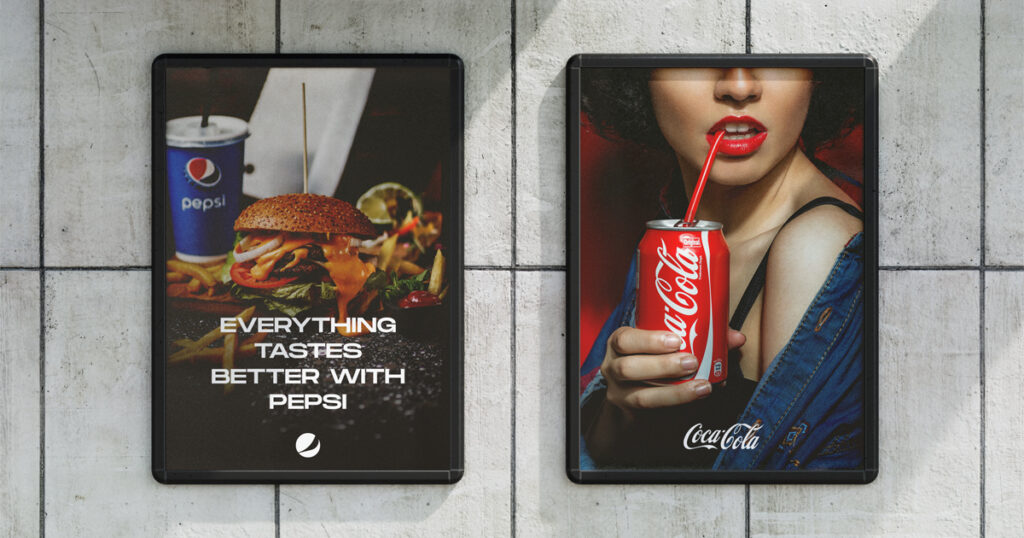
2. Quality of your product/service
Consumers want to have an enjoyable product experience. So, when a product is of top-notch quality, consumers tend to easily recall the brand when necessary.
An enjoyable experience with such a product could also lead to recommendations to others or continued patronage.
3. Positive brand values
How you regard your consumers – and employees – goes a long way in shaping your brand’s values. Customers would easily remember a brand that treated them nicely and wants to patronize them again.
Once they trust your brand’s values, they will patronize it more, as shown in this survey.
4. Personalized marketing strategies
In an OOH campaign, this can be achieved by incorporating data-driven targeting and dynamic creative elements that can adapt to the context and environment.
For example, a billboard advertising a sports drink could display different messages depending on the time of day or weather conditions, targeting runners in the morning or outdoor enthusiasts on sunny days.
This level of personalization can help increase the impact of the campaign and create a stronger emotional connection with the audience.
Moreover, personalized marketing strategies in an OOH campaign can also facilitate word-of-mouth marketing. When consumers feel that a brand is speaking directly to them and addressing their specific needs, they are more likely to share their experiences with others.
To execute a successful personalized marketing strategy in an OOH campaign, it’s essential to have access to accurate customer data and use it to inform creative decisions.
Additionally, it’s important to ensure that the creative messaging aligns with the overall brand identity and values to avoid any confusion or dilution of the brand.
How to Measure Brand Recall
While the brand recall is majorly measured with surveys, to effectively measure your brand recall rate this formula can be used:
Percentage of brand recall (%) = Survey respondents who recalled your brand / Total number of respondents x 100
However, this formula must be utilized with other key performance indicators (KPIs) such as gender or age, or education level of customers. To that end, an upcoming brand should be compared with its peer group rather than a leading brand.
Conclusion
The ultimate goal of any brand is to achieve top-of-mind recall among consumers, whether aided or unaided when compared to other brands.
This is a clear indication of the efficiency of the brand’s awareness strategy and leads to increased sales through word of mouth.
To achieve this level of brand recall, it’s essential to embed your brand firmly in consumers’ consciousness through consistency, emotional connection, memorability, and distinction.
At Nickelytics, we specialize in employing creative and effective OOH ads that can aid in brand awareness. With high brand awareness, your brand can have a high recall rate.
